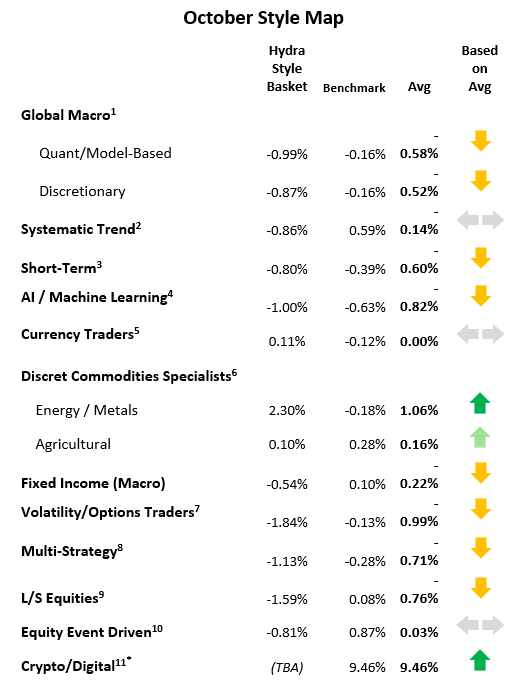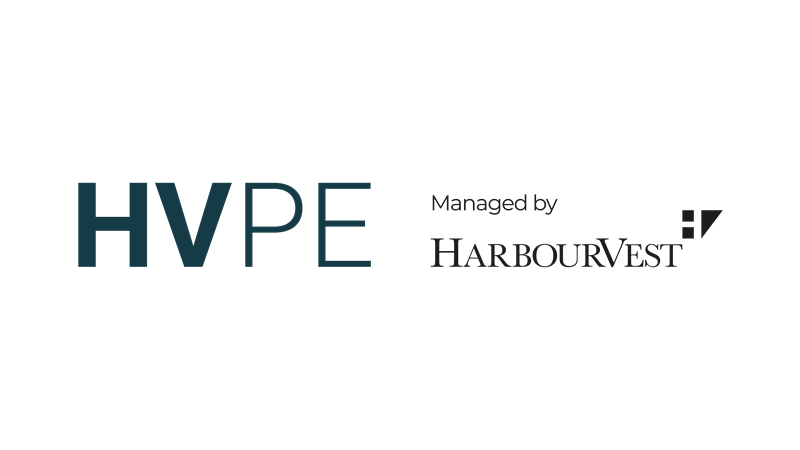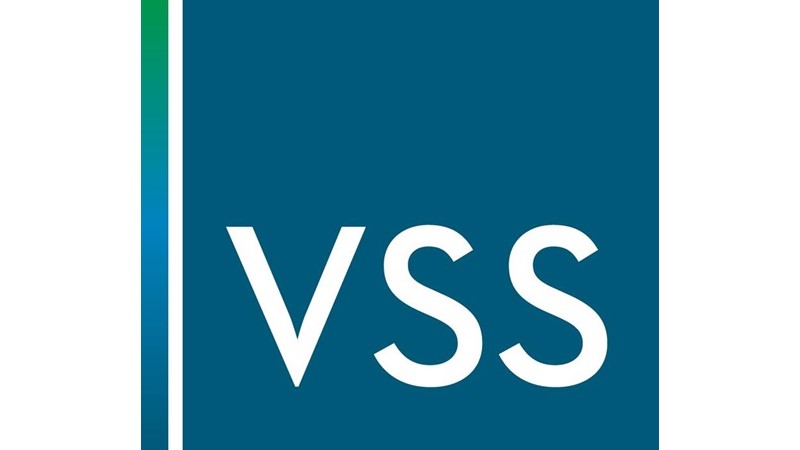Kettera Strategies Heat Map - October 2020
The quant macro programs we follow generally had negative months, as October was a tricky month for fundamentally based quant models, led mostly by poor performance in equities indices with smaller losses in G10 FX. So, it was left up to positioning in fixed income and commodities to determine whether the month was a plus or minus. Quant programs that caught the European bond rally, the grains rally and sold the energy selloff did better.
In contrast to September, where returns were widely dispersed, in October, most discretionary managers found themselves on the wrong side of fixed income and precious metals, notably gold. Interestingly, the equities index markets didn’t seem to pose as big a challenge here as it did for systematic trend and quant macro programs.
It was a mixed month for systematic trend programs, as most performed slightly negatively, largely due to long equities and, in many cases, long U.S fixed income positions. Those ending up in positive territory tended to benefit from long European fixed income and various FX (mainly emerging) positions. Programs that include the grain markets also tended to reap profits, given the pronounced upward moves in that sector.
Returns for short-term & higher frequency traders varied widely, depending on types of models, time frames, and markets traded. Equities indices were the wild card, where those with models deft enough to catch the equities on the down move came out positively. (Volatility breakout systems appeared to perform the best in equities. Many others also caught pieces of the fixed income separation between U.S. and Europe.
Ag commodities specialists was where we found October’s outperformers - even though perhaps not reflected in the Hydra style and industry gauges below. The majority of experienced grain traders (including some avowed spread traders) benefitted from long corn and soybean positions based on strong underlying bullish fundamentals.
In metals & energy specialists, the more profitable energy programs seemed to exploit one of two trends: The strong rally in U.S. natural gas, and sell-offs in crude and European energy markets. Most nat gas specialists captured the rally, but the sell-offs (largely due to Covid news) were much harder to navigate. Managers trading metals were equivocal on market outlook running into the U.S. election, and generally gave back on weak industrial and precious metals price action.

**********
For the “style classes” and “baskets” presented in this letter: The “style baskets” referenced above were created by Kettera for research purposes to track the category and are classifications drawn by Kettera Strategies in their review of programs on and for the Hydra Platform. The arrows represent the style basket’s overall performance for the month (e.g. the sideways arrow indicates that the basket was largely flat overall, a solid red down arrow indicates the basket (on average) was largely negative compared to most months, etc.). The “style basket” for a class is created from monthly returns (net of fees) of programs that are either: programs currently or formerly on Hydra; or under review with an expectation of being added to Hydra. The weighting of a program in a basket depends upon into which of these three groups the program falls. Style baskets are not investible products or index products being offered to investors. They are meant purely for analysis and comparison purposes. These also were not created to stimulate interest in any underlying or associated program. Nonetheless, as these research tools may be regarded to be “hypothetical” combinations of managers, hypothetical performance results have many inherent limitations, some of which are described below. No representation is being made that any product or account will achieve profits or losses similar to those shown. In fact, there are frequently sharp differences between hypothetical performance results and the actual results subsequently achieved by any particular trading program. One of the limitations of hypothetical results is that they are generally prepared with the benefit of hindsight. In addition, hypothetical trading does not involve financial risk, and no hypothetical trading record can completely account for the impact of financial risk in actual trading. There are numerous other factors related to the markets in general or to the implementation of any specific trading program which cannot be fully accounted for in the preparation of hypothetical performance results and all of which can adversely affect actual trading results.
Benchmark sources:
1-The Hedge Fund Intelligence Global Macro Index and HFI Currency Index
2-The Societe Generale Trend Index and SG CTA Index
3-The Societe General Short-term Traders Index: (same link as above)
4-The Eurekahedge AI Hedge Fund Index
5-The BarclayHedge Currency Traders Index and BTOP FX Traders Index
6- S&P GSCI Metals & Energy Index and S&P GSCI Ag Commodities Index
7-The CBOE Eurekahedge Relative Value Volatility Hedge Fund Index
8-The Eurekahedge-Mizuho Multi-Strategy Index: (See above)
9-The Eurekahedge Long Short Equities Hedge Fund Index: (See above)
10-Blend of BarclayHedge Equity Market Neutral Index with Eurekahedge Equity Mkt Neutral Index (see link above)
11 – Barclay Crypto Traders Index.
Indices and other financial benchmarks shown are provided for illustrative purposes only, are unmanaged, reflect reinvestment of income and dividends and do not reflect the impact of advisory fees. Index data is reported as of date of publication and may be a month-to-date estimate if all underlying components have not yet reported. The index providers may update their reported performance from time to time. Kettera disclaims any obligation to verify these numbers or to update or revise the performance numbers.
***
The views expressed in this article are those of the author and do not necessarily reflect the views of AlphaWeek or its publisher, The Sortino Group
© The Sortino Group Ltd
All Rights Reserved. No part of this publication may be reproduced, stored in a retrieval system or transmitted in any form or by any means, electronic, mechanical, photocopying, recording or scanning or otherwise, except under the terms of the Copyright, Designs and Patents Act 1988 or under the terms of a licence issued by the Copyright Licensing Agency or other Reprographic Rights Organisation, without the written permission of the publisher. For more information about reprints from AlphaWeek, click here.







